The owner of Westfield London and Stratford reported an increase in sales and footfall over the first nine months of 2019. Retail Week looks at how Westfield is beating the wider shopping centre malaise.
International retail property giant Unibail-Rodamco-Westfield (URW) has today reported a 5.2% increase in tenant sales for the financial period, while its centres are also bucking the trends when it comes to footfall in both the UK and Europe.
The performance was in contrast to the general mood music about shopping centres, particularly in the UK. The most recent BRC-Springboard Footfall and Vacancies Monitor showed a 3.2% footfall decline year on year at shopping centres in September.
URW seems to have devised a model that is working as well in continental Europe as in the UK, and the USA. So, what is it doing right?
Turnover rents
As many retailers seek a move to turnover-based rental agreements with landlords on the back of dwindling footfall, URW has been operating with this model for years.
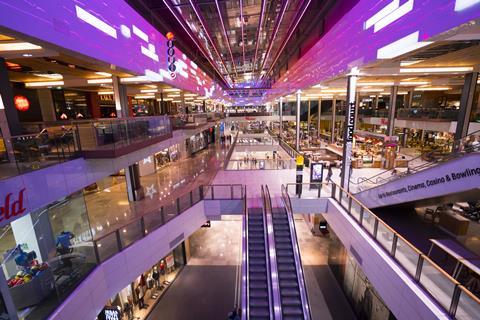
Westfield makes it a prerequisite for retailers to share store turnover information when signing a lease on its schemes. That means centre managers have a better understanding of what’s going on with retail tenants throughout the year.
One property source explains: “Turnover performance from retailers is key to giving Westfield insight into understanding what is and isn’t working on a scheme and allows them to leverage that information to see who needs support, help drive performance and, if something isn’t working, replace it.”
This system also puts the onus on retailers to be net contributors to the success of a scheme in terms of driving footfall, which is good for them, as well as the landlord.
The model is clearly working. In the nine months to September 30, gross rental income on URW UK schemes increased by 112.2% to over £81.7m. While some retailers may bridle at being forced into giving this information upfront, it pays dividends for them as well. Total sales on URW shopping centre schemes were up 16.3% for the quarter.
Active management of tenant mix
Tied closely to the turnover-based rental agreements is the fact that Westfield is occasionally ruthless when it comes to churning the tenant mix.
URW has said in the past that it actively seeks to replace the bottom 10% of performers on any given scheme each rent cycle, to ensure it keeps its mix as relevant and appealing as possible to customers.
On paper, that can often result in URW schemes having higher than average vacancy rates on some schemes. In its interim results for the first half of the 2019 financial year, for example, the landlord’s UK vacancy rate stood at 8.7% – higher than competitors Hammerson at 3.6% and Intu at 4.9%.
Despite the higher vacancy rates, URW’s UK flagships reported a 7.1% increase in tenant sales, while Westfield London had a particularly strong first half – up 13.8%. Both Intu and Hammerson experienced like-for-like income falls of 7.7% and 7.3% respectively.
The property source says this is evidence URW is “at the point where it isn’t a case of retailers benefiting from footfall that others are driving, but where everyone is contributing to the overall appeal”.
Encouraging bricks from clicks
Like many other shopping centre operators, Westfield has sought to encourage retailers on its schemes to pivot more towards a clicks-and-bricks omnichannel offering.
Where it stands ahead of its competitors is that it has successfully integrated online sales from retailers into overall tenant sales, both on the continent and in the UK.
As outlined in its first half 2019 results, Westfield has been actively courting “digitally native vertical brands” (DNVBs), effectively online direct-to-consumer businesses seeking to move into bricks and mortar. The company signed six such leases in continental Europe and 15 in the US in the first half, after bringing a further 36 DNVBs onboard globally during the 2018 financial year. There are now more than 100 across its portfolio.
The landlord said this shift puts its portfolio “at the forefront of the changes in a rapidly evolving retail environment”.
The source agrees, saying the size of the centres and surrounding catchments put Westfield schemes “at the forefront of where brands are prepared to try and test new concepts and products”.
From dahl to dresses
Struggling landlords have increasingly looked to leisure and food and beverage operators in a bid to boost appeal. Westfield, however, has always had a strong focus on leisure and F&B.
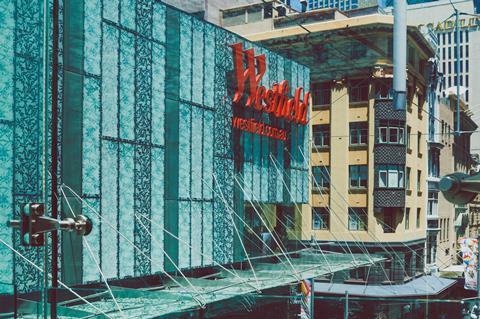
At its interim results, URW unveiled a €10bn (£8.62bn) pipeline for future investment. Half was earmarked for retail, and a further 16% was dedicated to opening new dining and leisure options.
Earlier this month, Westfield London announced that award-winning Indian restaurant Copper Chimney had opened there – epitomising demand in shopping centres for quality meals. In late July, it launched a Jungle Adventure ‘virtual reserve’ at its London and Stratford sites to provide “the ultimate day out for families”.
The property source says Westfield is also more than willing to allow for F&B and leisure operators to churn if they are not meeting contracted KPIs.
“The difficulty with food-and-beverage occupiers is usually the significant fit-out costs that have to be factored into the lease, which reduces the ability to have short-term, flexible contracts,” he says. “Westfield provides the infrastructure to do so in their food courts, which allows for the consistent churn of different brands – almost like a food hall.”
Easy access
Many of URW’s best-performing centres are strategically connected to key public transport nodes in urban locations.
One property source says the focus on transport has been critical to the enduring success of its urban, flagship sites, particularly in the UK.
Footfall in the group’s continental European shopping centres grew 3.1% through the first nine months of this year, while it increased even more in UK flagships, up 3.9%.
The property source says: “It’s part of the trend towards modern consumer convenience of putting the retail offering where people are, rather than forcing them to change their habits to come to you.”
Going to the customer in order to get the customer to go to it has proved a winning model for URW.




















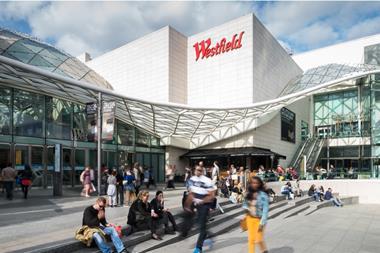

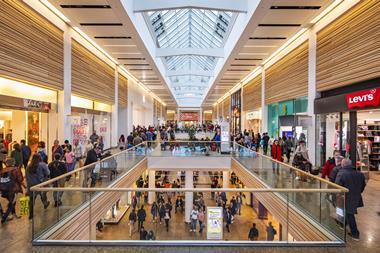
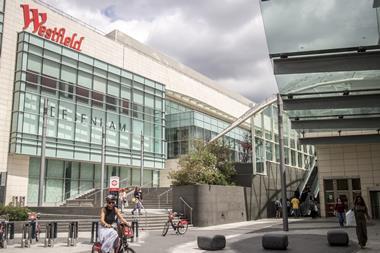

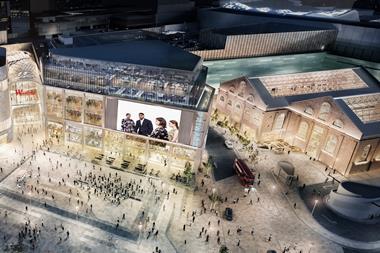
1 Reader's comment